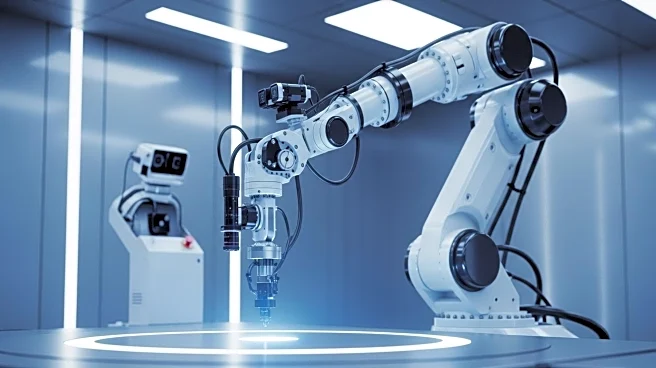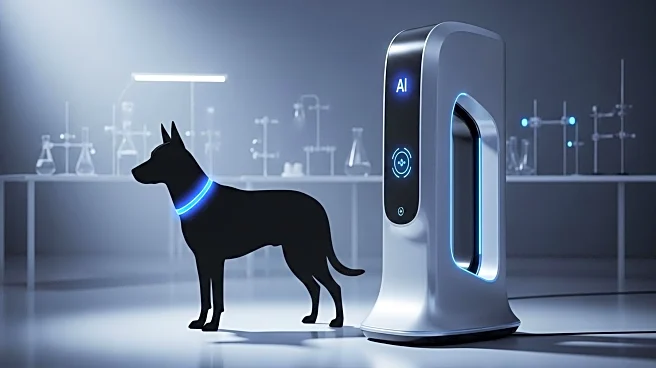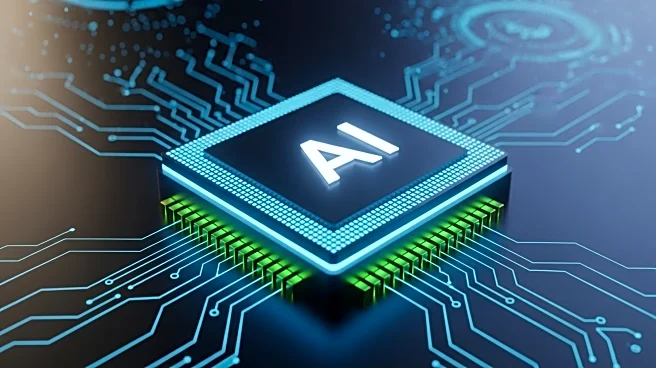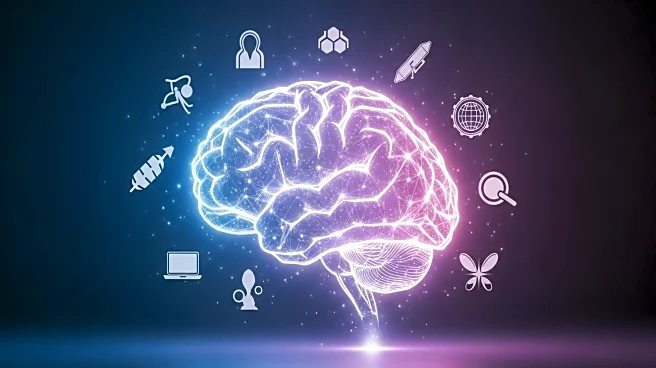What's Happening?
A new AI-based tool has been developed to identify autism spectrum disorder (ASD) in children using home videos. This tool aims to address the delays in ASD diagnosis, which typically occurs at an average age of 3.5 to 4 years, later than the ideal window for early intervention. The tool utilizes structured home-video protocols recorded by parents in familiar settings, allowing for the natural elicitation of ASD-related behaviors. The AI system objectively extracts clinically meaningful behavioral indicators from these videos, offering a scalable and reliable alternative to conventional diagnostic tools, which are resource-intensive and require trained professionals.
Why It's Important?
The development of this AI-based tool is significant as it offers a practical solution for earlier and more accessible ASD screening. Early identification is crucial for enhancing adaptive functioning and social outcomes in children with ASD. Conventional diagnostic methods are often limited by high costs and the need for specialized training, making them less accessible. This tool provides a more objective and scalable approach, potentially reducing the age of diagnosis and allowing for timely intervention. It could benefit families by providing a more accurate and less intrusive method of assessment, aligning with the neurodiversity paradigm.
What's Next?
The implementation of this AI-based tool could lead to widespread changes in how ASD is diagnosed and managed. It may prompt healthcare providers to integrate AI technologies into their diagnostic processes, potentially improving early intervention strategies. As the tool becomes more widely used, it could influence public health policies and funding priorities, emphasizing the importance of early diagnosis and intervention. Stakeholders such as healthcare professionals, policymakers, and families may need to adapt to these new technologies and consider their implications for ASD management.
Beyond the Headlines
The use of AI in diagnosing ASD raises ethical considerations regarding data privacy and the potential for bias in AI algorithms. Ensuring the tool's accuracy and reliability across diverse populations is crucial to prevent misdiagnosis. Additionally, the shift towards AI-based diagnostics may impact the roles of healthcare professionals, requiring new skills and training. The tool's development highlights the growing intersection of technology and healthcare, potentially leading to broader discussions on the role of AI in medical diagnostics.










